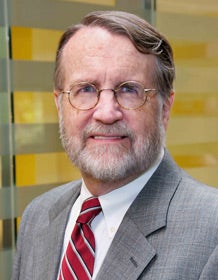Abstract
DNA testing has exonerated over 200 convicts, some of whom were on death row. Studies show that a substantial number of these miscarriages of justice involved scientific fraud or junk science. This article documents the failures of crime labs and some forensic techniques, such as microscopic hair comparison and bullet lead analysis. Some cases involved incompetence and sloppy procedures, while others entailed deceit, but the extent of the derelictions - the number of episodes and the duration of some of the abuses, covering decades in several instances - demonstrates that the problems are systemic.
Paradoxically, the most scientifically sound procedure - DNA analysis - is the most extensively regulated, while many forensic techniques with questionable scientific pedigrees go completely unregulated. The regulation of DNA profiling, which developed gradually over the last twenty years, can serve as a model for other laboratory units. The accreditation of crime laboratories, the certification of examiners, the standardization and promulgation of written protocols for each technique would go a long way in professionalizing forensic science. In addition, quality assurance programs, including proficiency testing and external audits, should be mandated. Finally, forensic science commissions should be established in every jurisdiction to implement these and other reforms.
Keywords
Wrongful convictions, forensic science, junk science, regulation of crime labs, DNA profiling, quality assurance programs, bullet lead analysis, microscopic hair comparison
Publication Date
2006
Document Type
Article
Place of Original Publication
North Carolina Law Review
Publication Information
86 North Carolina Law Review 163 (2007)
Repository Citation
Giannelli, Paul C., "Wrongful Convictions and Forensic Science: The Need to Regulate Crime Labs" (2006). Faculty Publications. 149.
https://scholarlycommons.law.case.edu/faculty_publications/149


Comments
Reprinted with permission of the North Carolina Law